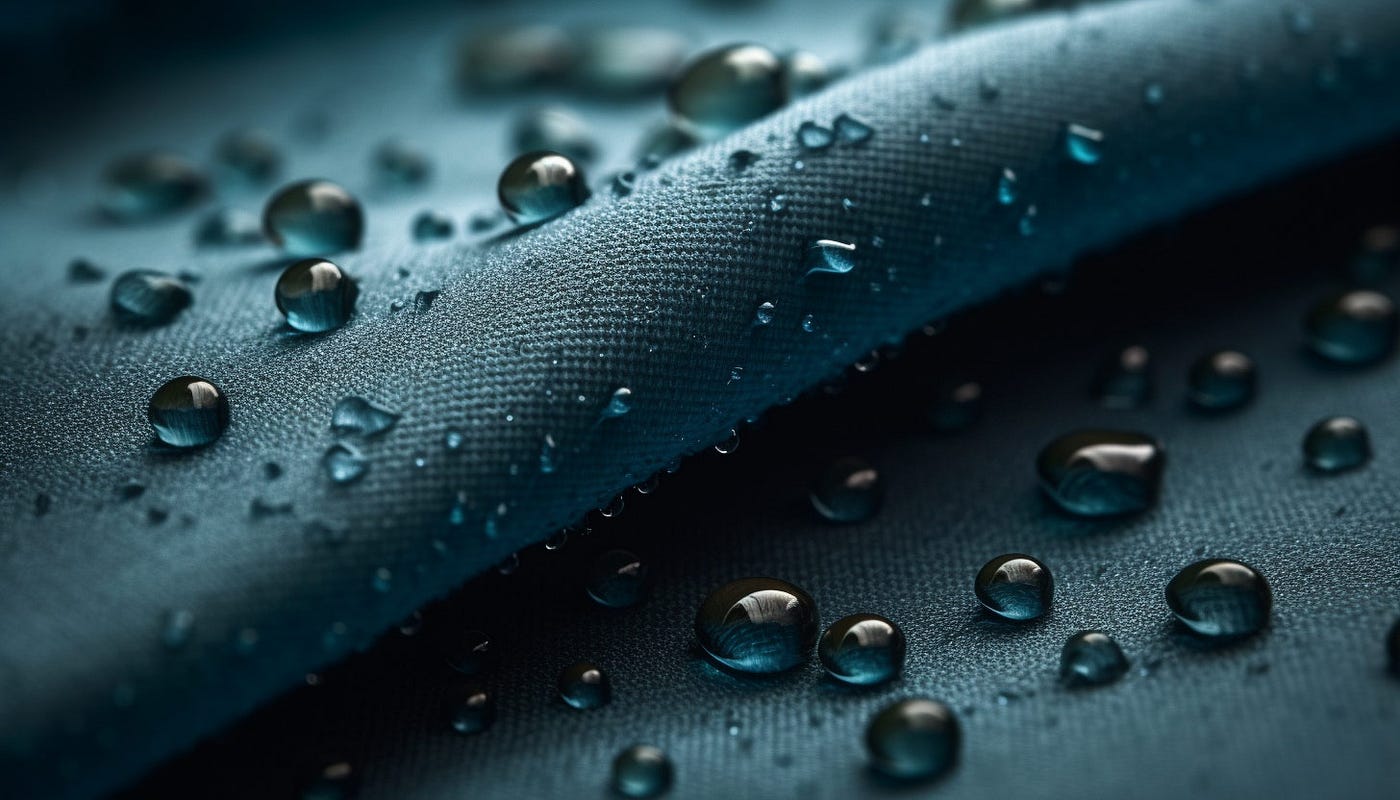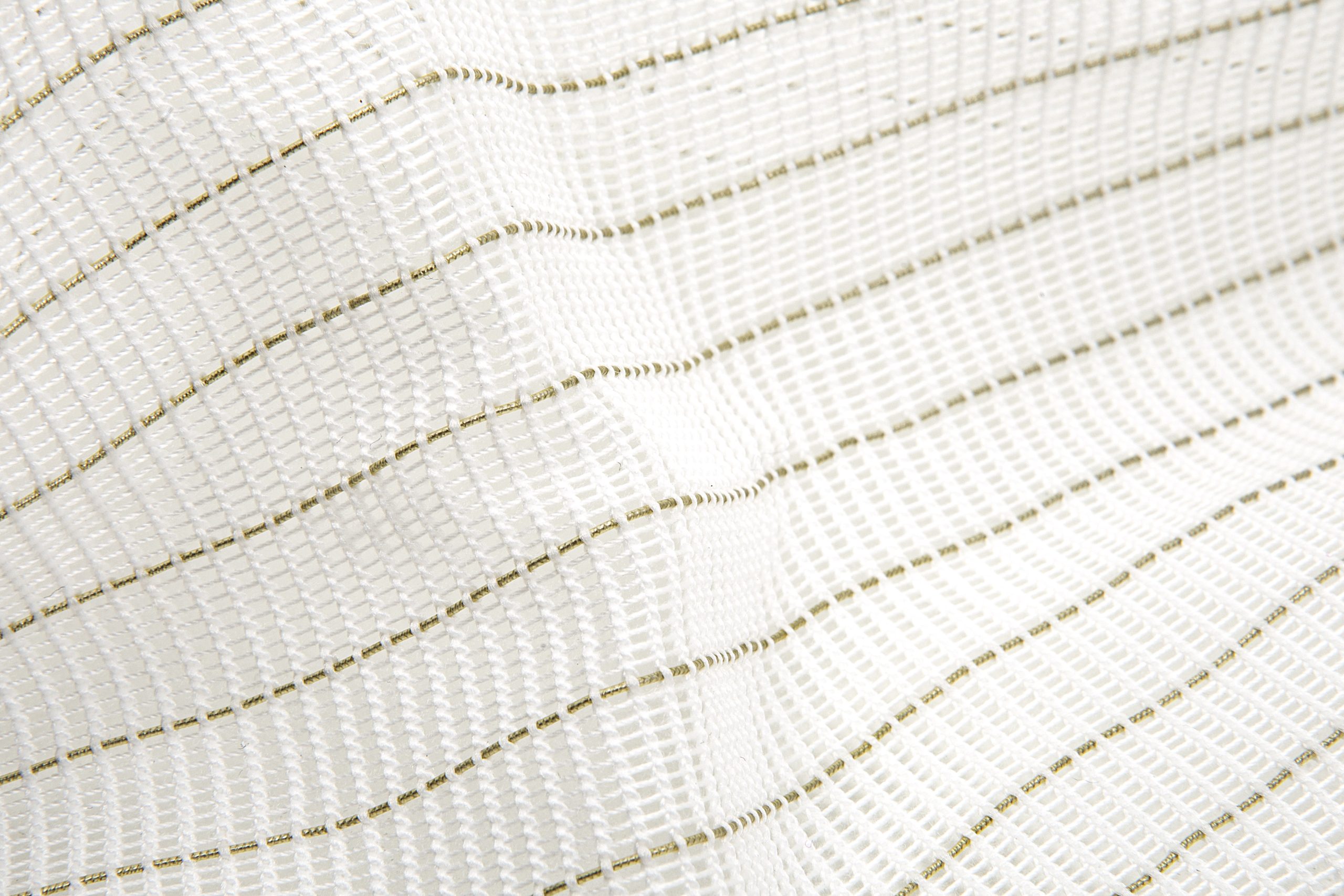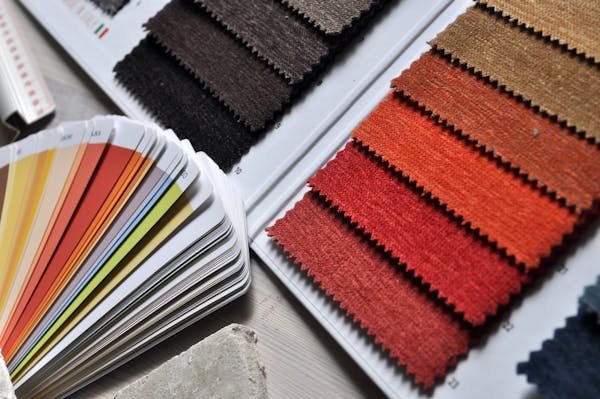Say goodbye to sweaty discomfort! Thanks to innovative performance fabrics, your clothing can keep up with your active lifestyle. This market, projected to hit $72.3 billion by 2026, is transforming how we dress for workouts and daily wear.
Performance fabrics are designed for ultimate comfort and performance, using technology like moisture-wicking and heating elements. This blog post will dive into the science behind these textiles and show you how they can upgrade your wardrobe.
Moisture-Wicking Fabrics

Moisture-wicking fabrics have special fibers that pull sweat away from your skin. This isn’t just marketing hype – it’s science. These fabrics act like tiny channels, guiding sweat to the surface, where it quickly dries up. This helps you feel less sticky and more comfortable, even when working hard.
The secret to moisture-wicking is the combination of two types of fibers: hydrophilic and hydrophobic. Hydrophilic fibers love water and attract sweat from your body. Hydrophobic fibers, on the other hand, repel water and push sweat to the surface to evaporate.
Together, they create a continuous cycle of sweat removal and evaporation. Hydrophobic fiber is used as the inner layer, while hydrophilic fiber is used as the outer layer. Hydrophilic layers close to the skin create better moisture absorption than hydrophobic ones. The chemical structure of the hydrophilic layer includes polar molecules which attract water.
When moisture comes into contact with hydrophilic fabric, it is absorbed by the fiber and distributed to hydrophobic fiber for evaporation.
Polyester and nylon are heavy hitters and moisture-wicking fibers. Polyester is hydrophobic, with a moisture regain of 0.4%. It can be woven with hydrophilic fiber like nylon. Together, they’re great at pulling sweat away from your skin and are durable and breathable.
Merino wool is another fantastic option, especially for colder conditions. Due to lanolin, it is hydrophilic on the inside and hydrophobic on the outside. It’s naturally odor-resistant and can absorb surprisingly much moisture without feeling damp. Cotton blends can be a good choice for less intense activities if you prefer natural fibers.
UV-Protective Fabrics
Summertime means fun in the sun, but those sun rays come with harmful ultraviolet (UV) radiation. We all know sunscreen is a solution against these UV rays. But you may not be aware that your clothes can also offer powerful protection. Today, summer clothes are made of UV-protective fabrics, shielding your skin from the sun’s invisible dangers.
Like sunscreen has SPF, sun-protective clothing boasts an Ultraviolet Protection Factor or UPF. This number tells you how much of the sun’s UV radiation can reach your skin through the fabric. The higher the UPF, the better the protection.
A UPF 50 fabric, for instance, only allows 1/50th of UV rays through, blocking a whopping 98%. A UPF of 30 to 49 is good, while a 50+ rating is considered excellent. If a piece of clothing has the Skin Cancer Foundation’s Seal of Recommendation, it must be at least 30 UPF.
Believe it or not, some fabrics naturally block UV rays better than others. Tightly woven, thick materials like denim and wool offer decent protection. Darker colors also absorb more UV radiation than lighter ones. But for the ultimate defense, look for specially designed sun-protective fabrics, often treated with UV-absorbing chemicals or dyes.
You might think UV-protective clothing is just for the beach or pool, but that’s not true. Sun damage can happen anytime you’re outside, even on cloudy days. That’s why it’s wise to incorporate UPF clothing into your everyday wardrobe.
Heated Fabrics
 When the winter breeze numbs our bodies, we often dream of having a built-in heating system in our clothes. Well, now you can have one. Heated fabrics—tiny wires woven into the fabric act like little heaters—are your best friend for those chilling winters. When you tap a button, these wires get a jolt of electricity and start generating heat.
When the winter breeze numbs our bodies, we often dream of having a built-in heating system in our clothes. Well, now you can have one. Heated fabrics—tiny wires woven into the fabric act like little heaters—are your best friend for those chilling winters. When you tap a button, these wires get a jolt of electricity and start generating heat.
Brands like Lenz have perfected this technology, creating heated jackets, vests, and socks (14-hour battery life, mentioned in CozyWinters). Besides the obvious perk of staying toasty warm, heated apparel by Lenz offers a range of benefits. They’re perfect for outdoor enthusiasts, athletes, skiers, skaters, and anyone who hates feeling cold.
They can even relieve those with conditions like Raynaud’s disease or arthritis. Moreover, you don’t have to lug around extra layers or worry about getting caught in a sudden cold snap.
Odor-Resistant Fabrics
We’ve all had that moment when you catch a whiff of something funky and realize it’s you. It’s awkward, embarrassing, and not very pleasant. Body odor isn’t due to sweat itself. The bacteria that break down sweat on your skin create those unpleasant smells.
Odor-resistant fabrics fight off these bacteria before they stink. These fabrics are treated with antimicrobial chemicals like triclosan or triclocarban. These chemicals disrupt the bacteria’s cellular membranes, rendering them harmless. Silver is a natural bacteria fighter. When woven into fabrics, it releases toxic ions to microbes, keeping odors at bay. This is why you often see silver used in workout clothes.
If you’re a gym nerd, look for fabrics with silver or antimicrobial treatments. Natural fibers like wool and bamboo are naturally odor-resistant for everyday wear and offer great comfort. And if you’re concerned about the environment, bamboo is a sustainable option.
FAQs
Is 100% Polyester a Performance Fabric?
100% polyester can be considered a performance fabric due to its durability, wrinkle resistance, and moisture-wicking properties. However, it lacks breathability, which can be a drawback for certain activities.
What Fabric is 100% PES?
100% PES is polyester, a synthetic fabric known for its durability, wrinkle resistance, and quick-drying properties. It is often used in clothing, home furnishings, and industrial applications.
Are All Performance Fabrics the Same?
No, not all performance fabrics are the same. They differ in material composition, weave, and finishing treatments, resulting in variations in durability, stain resistance, water repellency, and overall feel. Some performance fabrics prioritize softness, while others focus on ruggedness for outdoor use.
At last, your clothes are all about feeling good and performing your best, no matter what life throws your way. While these fabrics offer a fantastic boost to your comfort and lifestyle, remember they’re not a substitute for essentials. By incorporating them into your wardrobe, you can take a significant step towards a more comfortable and enjoyable everyday experience.

